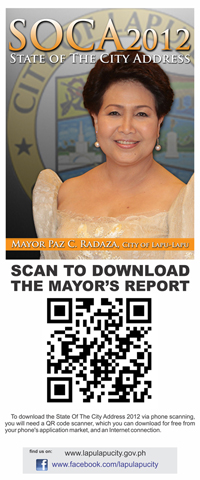A Filipino company launched in Cebu last week two dual-SIM phones with one that can, arguably, be called a smartphone, in a non-snobbish sense that it is a touchscreen phone that can connect to the Internet.
Starmobile’s FeatureSmart T601i costs just P3,290. Starmobile president Michael Chen said that although their phones are priced low, these have “top of the line craftsmanship.”
The company is also scheduled to launch an Android tablet in four weeks with a target price of P5,999. The tablet will come with Android Ice Cream Sandwich, said Starmobile president Michael Chen. I tried the device during the launch and found it very responsive.
Chen said that although it is a consumer product, their tablet can be used as an educational tool and deployed in schools. Android, after all, has a lot of educational apps and can display e-books.
The device, however, will be launched at a time when Nexus 7 has already been unveiled, to very positive reviews. The Nexus 7 is priced at $199, which makes it an attractive tablet alternative. I don’t know how much the Nexus 7 will be sold in the Philippines but I’d hold off buying a tablet if I were you until it is available here.
The availability of low-priced gadgets will speed up the already increasing adoption of tablets and smartphones. Earlier this year, analytics firm GfK estimated the smartphone share of the Philippine market at 29.4 percent. The growth in smartphone volume in the first quarter was pegged at an astonishing 203 percent compared with the previous quarter.
Phone replacement
This year’s Christmas season will likely mark for many Filipinos the shift from feature phones to smartphones.
Coupled with the increased adoption of new gadgets, is the accelerating use of mobile Internet.
Smart, for example, recorded a sharp increase of 71 percent in mobile Internet usage in the first quarter compared to last year.
That nexus of accelerating modern gadget adoption and increasing mobile Internet usage will have profound implications on business.
PLDT and Smart Communications president and chief executive officer Napoleon Nazareno offered an insightful peek into changes that are underway and those that are still coming in a guest column in this section last week.
“Already, the proliferation of digital technologies and services are turning entire industries inside out, making traditional businesses obsolete and replacing them with digital, Internet-based services. Take the case of retail. For example, music stores have all of a sudden become passé. Why? Because people are buying music online. Did you know that Smart is not only the country’s largest mobile phone company – it is also one of the largest online retailer of full-track music?” he wrote.
The changes will be disruptive but it will offer opportunities to those who know how to harness technology and navigate that nexus.
New radio
As a news junkie, I’ve gotten a peek into one transformation sparked by that nexus — that of the mobile phone becoming our generation’s “radio.”
When I was still a field reporter, I used to be always plugged into AM radio, listening to newscasts or public affairs programs. Several years back, however I stopped listening altogether when I was reassigned to this section and because I no longer carried a portable radio with me.
But now, I listen to “radio” of a different kind — podcasts. When I wake up, I get a global news round-up via the BBC and tech updates from TechCrunch, the Wall Street Journal and National Public Radio (NPR). At night, I listen to several NPR podcasts when I go for a brisk walk. When doing the dishes, it’s Grammar Girl Quick and Dirty Tips. And depending the day of the week, I’d listen to one of several tech, news, business and general information podcasts that I follow. I am able to follow all these excellent shows via a free application called Stitcher Radio, which has Android, iOS and Web versions.
Apple’s decision to separate podcasts from iTunes into a stand-alone app indicates that people are listening to them.
While there aren’t many local shows yet, I’m sure that in the next few months we’ll see more becoming available.
The post Nexus and disruption appeared first on Leon Kilat : The Cybercafe Experiments.


